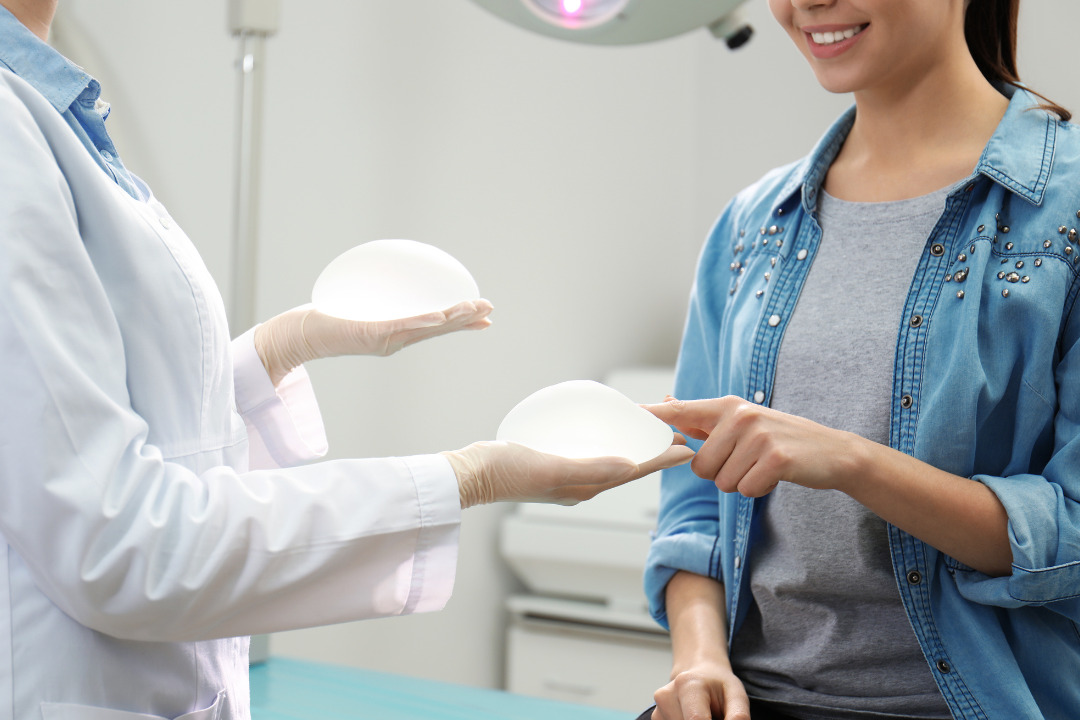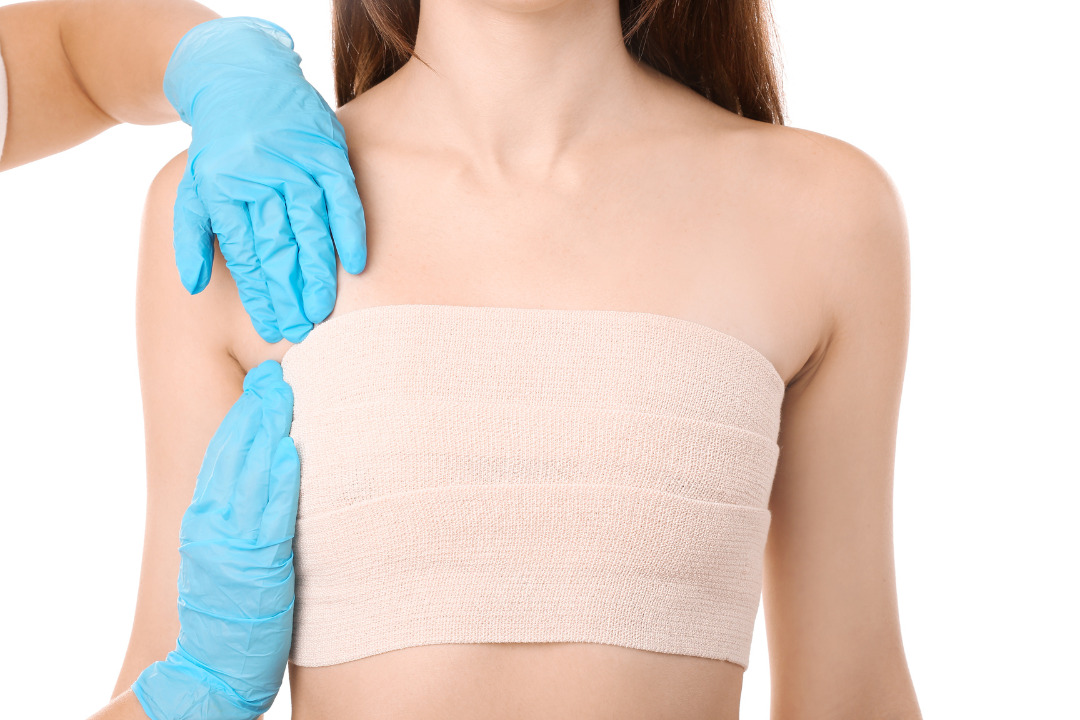Recovery Time After Breast Augmentation
When it comes to recovery after breast augmentation, the typical timeframe is 7 to 14 days. This duration can vary depending on individual health factors and how quickly one heals. It is crucial to follow the post-operative care instructions provided by your medical team to ensure a smooth recovery.
In the first week to 1-2 months following surgery, you may experience symptoms such as itching, tightness, and discomfort around the surgical site. It is essential to avoid strenuous activities and heavy lifting during this time to prevent strain on the surgical area and maintain the desired breast shape.
After the first 3 to 6 months, continue to follow your doctor’s advice to optimize the results of your augmentation and minimize any potential long-term complications.
When Can You Drive After Surgery?
For those wondering how long to wait before driving, it is recommended to avoid driving for about 7 to 14 days post-surgery. This allows your body to recover and prevents excessive strain on your arms and chest muscles. If, after 7 days, you feel comfortable and the pain around the surgical site has decreased, you may begin driving again. However, for added confidence and safety, it’s best to wait one month after the procedure before resuming driving.

Preparing for Breast Augmentation
Now that we’ve covered recovery time, let’s look at how to prepare for breast augmentation to ensure a successful procedure:
- Consult a Specialist: Schedule a consultation with a qualified surgeon who specializes in breast augmentation. This appointment is crucial for assessing your health, discussing the desired breast size, and ensuring that the procedure aligns with your body type.
- Medication Guidelines: Avoid taking medications such as aspirin or certain herbal supplements that may increase the risk of excessive bleeding for at least 1-2 weeks prior to surgery. Follow your doctor's recommendations on medications.
- Avoid Alcohol and Smoking: Refrain from consuming alcohol and smoking for at least 1-2 weeks before your surgery to promote better healing.
- Preoperative Fasting: Do not eat or drink for 8-12 hours before the surgery to reduce the risk of aspiration during the procedure.
- Personal Hygiene: Ensure your body is clean before the surgery. Avoid nail polish, dentures, and jewelry on the day of the procedure.
- Menstrual Cycle Considerations: If your period coincides with the surgery date, consider rescheduling your procedure.
- Final Health Check: Conduct a final assessment of your physical readiness before the surgery.
Post-Operative Care for Breast Augmentation
In addition to understanding recovery time and preparation steps, it's important to know how to care for yourself after breast augmentation:
- Follow-Up Appointments: Attend all scheduled follow-ups, including suture removal at 7 days, and further assessments at 14 days and 1 month, or as advised by your doctor.
- Protect the Surgical Area: Keep the surgical site dry for at least 3 days and follow your doctor's cleaning instructions carefully.
- Manage Pain: If you experience pain or tightness, take prescribed medications as directed.
- Avoid Heavy Lifting: Do not lift heavy objects for at least 1 month and refrain from intense exercise for at least 2 months post-surgery.
- Supportive Garments: Wear a non-underwired or supportive bra 24/7 for the first 2-3 months to help maintain a natural shape and protect the incision site.
- Alcohol and Smoking Restrictions: Avoid alcohol and smoking for 1-3 months or until your doctor gives clearance to facilitate proper healing and reduce the risk of infection.
- Breast Massage: Follow your doctor’s advice on massaging the breasts regularly to minimize tissue hardening around the implants.
- Adequate Rest: Ensure you get plenty of rest to promote faster recovery.
Common Post-Operative Symptoms
After surgery, it’s also important to be aware of common symptoms you may experience:
- Pain and Discomfort: Expect some pain, tightness, and tenderness around the surgical site during the first week. Over-the-counter pain relievers prescribed by your doctor can help alleviate discomfort.
- Bruising and Swelling: Bruising and swelling are typical in the first week. Cold compresses and topical treatments can help ease these symptoms.
- Fluid Discharge: Some bleeding or fluid drainage from the surgical site may occur during the first 1-3 days. Clean the area as advised, but if the discharge is excessive or accompanied by severe headaches or fever, contact your doctor immediately.
- Sensitivity: Heightened sensitivity around the nipples may be experienced, but this usually resolves within 2-3 months.
- Scarring: Raised scars can occur if the surgical site is not cared for properly.
Conclusion
Breast augmentation should always be performed by a qualified surgeon, particularly at a specialized facility like Kamol Hospital, to ensure safe and satisfactory results. Our experienced surgeons, equipped with state-of-the-art tools and supported by a knowledgeable nursing team, are dedicated to providing excellent care throughout the entire process.
You can rest assured that the Kamol Hospital team will guide you through recovery and self-care. We are always available to address any concerns regarding your beauty journey.


